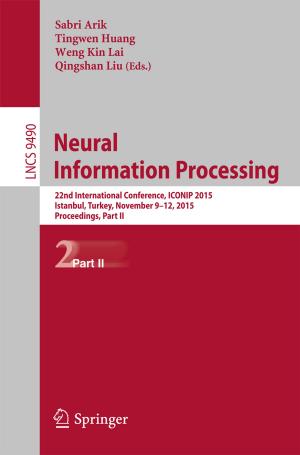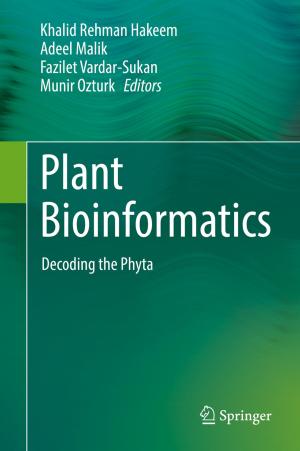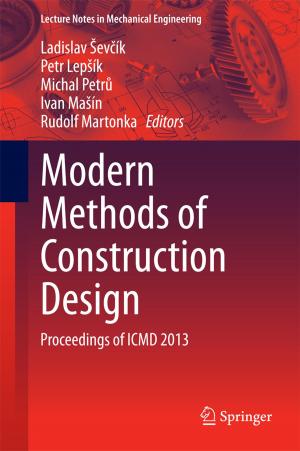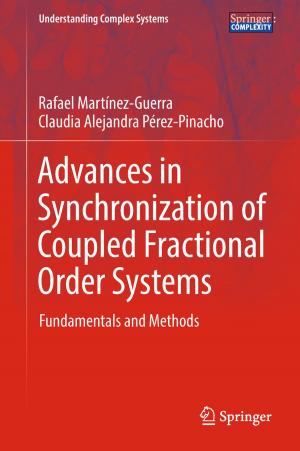Elasticity for Geotechnicians
A Modern Exposition of Kelvin, Boussinesq, Flamant, Cerruti, Melan, and Mindlin Problems
Nonfiction, Science & Nature, Science, Other Sciences, Meteorology, Technology, Engineering, Mechanical| Author: | Paolo Podio-Guidugli, Antonino Favata | ISBN: | 9783319012582 |
| Publisher: | Springer International Publishing | Publication: | September 20, 2013 |
| Imprint: | Springer | Language: | English |
| Author: | Paolo Podio-Guidugli, Antonino Favata |
| ISBN: | 9783319012582 |
| Publisher: | Springer International Publishing |
| Publication: | September 20, 2013 |
| Imprint: | Springer |
| Language: | English |
This book deals in a modern manner with a family of named problems from an old and mature subject, classical elasticity. These problems are formulated over either a half or the whole of a linearly elastic and isotropic two- or three-dimensional space, subject to loads concentrated at points or lines. The discussion of each problem begins with a careful examination of the prevailing symmetries, and proceeds with inverting the canonical order, in that it moves from a search for balanced stress fields to the associated strain and displacement fields.
The book, although slim, is fairly well self-contained; the only prerequisite is a reasonable familiarity with linear algebra (in particular, manipulation of vectors and tensors) and with the usual differential operators of mathematical physics (gradient, divergence, curl, and Laplacian); the few nonstandard notions are introduced with care. Support material for all parts of the book is found in the final Appendix.
This book deals in a modern manner with a family of named problems from an old and mature subject, classical elasticity. These problems are formulated over either a half or the whole of a linearly elastic and isotropic two- or three-dimensional space, subject to loads concentrated at points or lines. The discussion of each problem begins with a careful examination of the prevailing symmetries, and proceeds with inverting the canonical order, in that it moves from a search for balanced stress fields to the associated strain and displacement fields.
The book, although slim, is fairly well self-contained; the only prerequisite is a reasonable familiarity with linear algebra (in particular, manipulation of vectors and tensors) and with the usual differential operators of mathematical physics (gradient, divergence, curl, and Laplacian); the few nonstandard notions are introduced with care. Support material for all parts of the book is found in the final Appendix.















